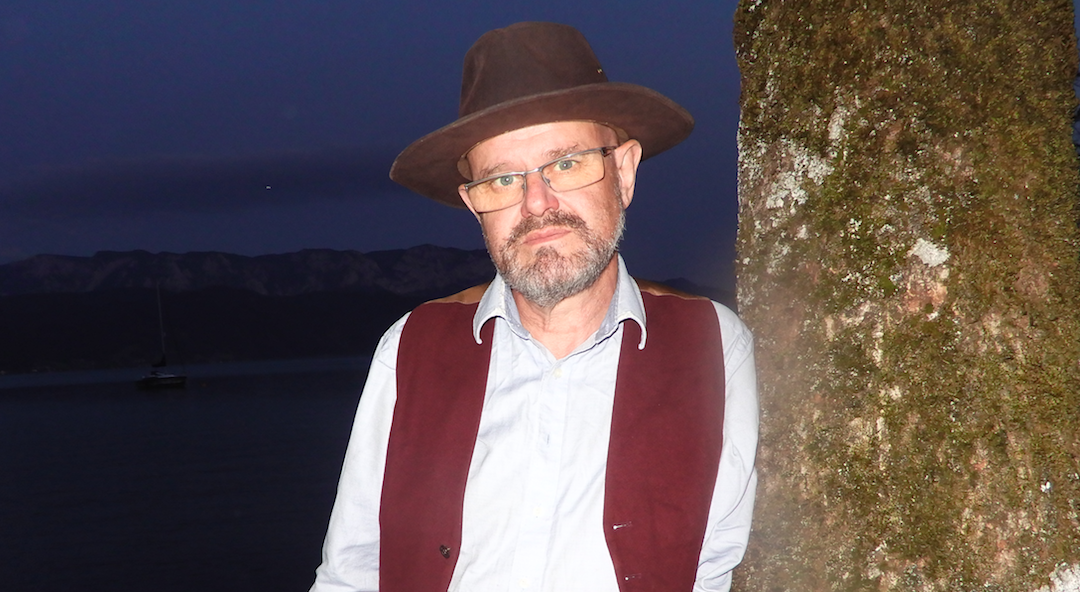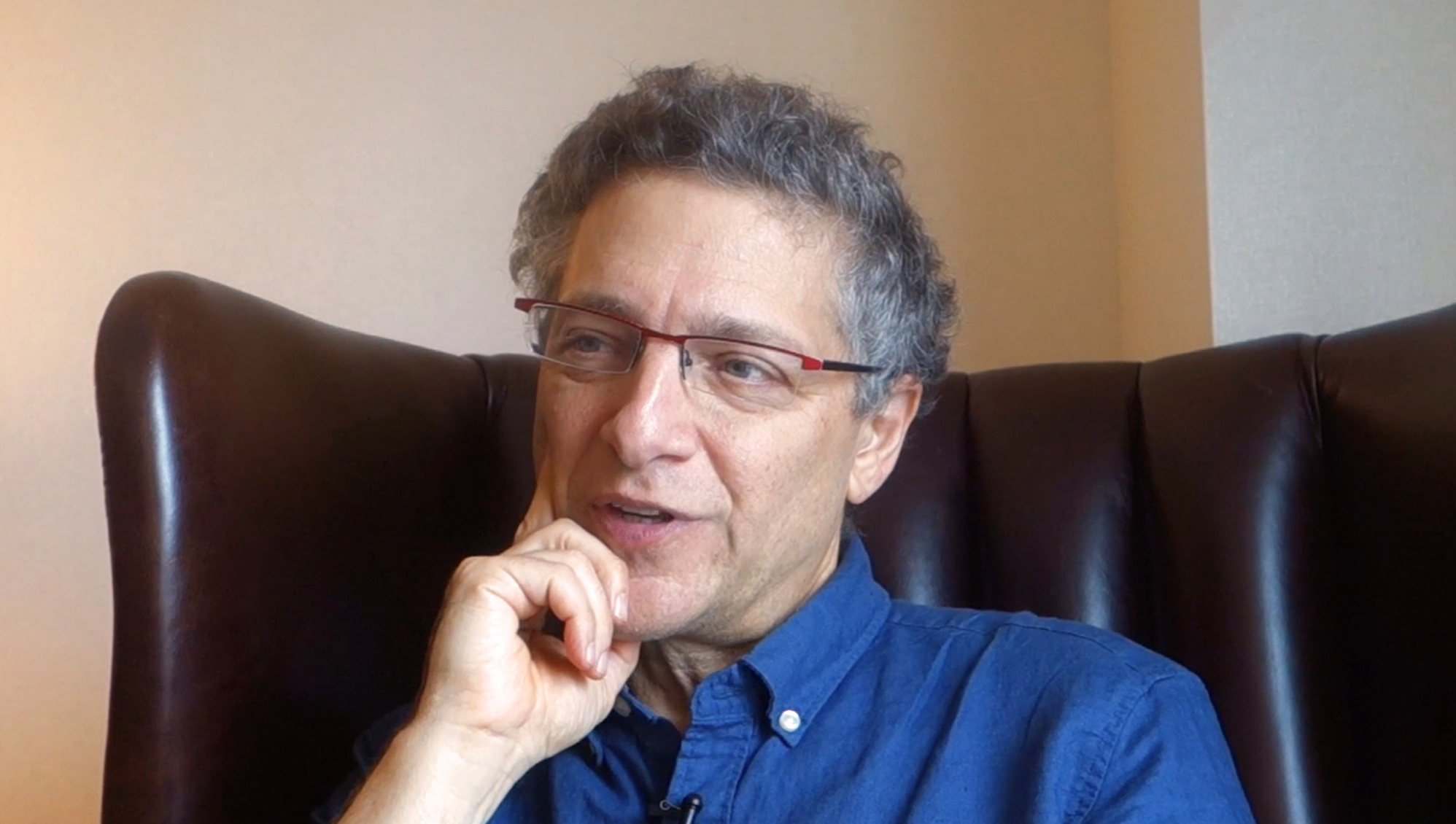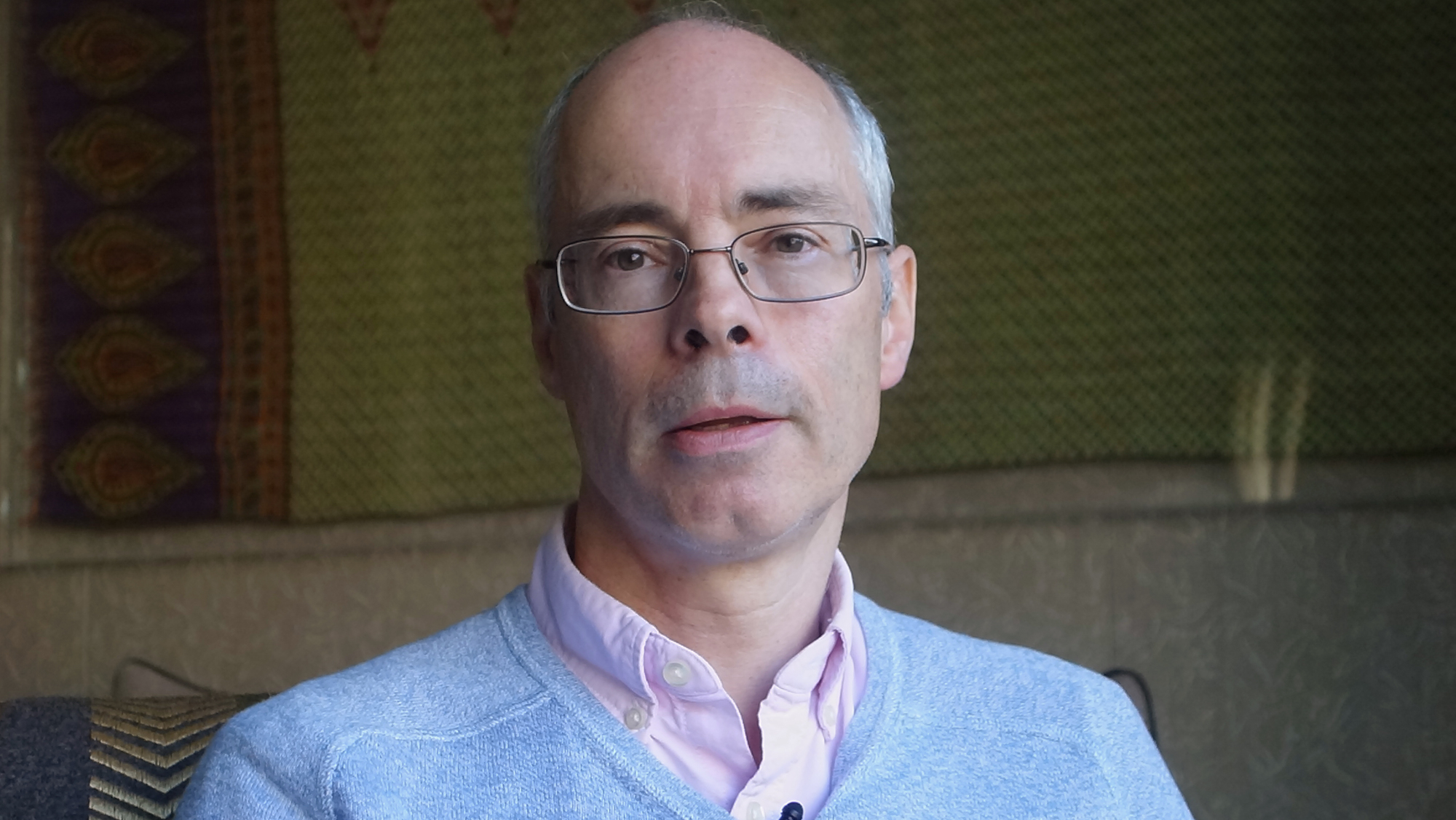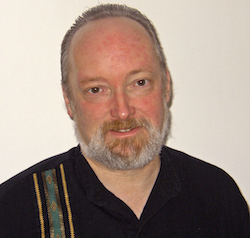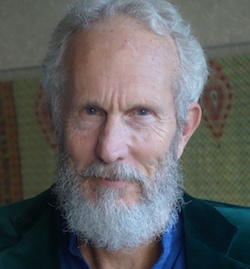
A 737-badged Boeing aircraft was first certified for flight by the US Federal Aviation Authority in 1967. The aircraft was 28.6 m long and carried up to 103 passengers; in 2019, the distant descendant of that aircraft model, the 737 MAX-10, was 43.8 m long and carried 230 passengers. In between, there have been all sorts of civilian and military variants, and the plane (‘the plane’) was immensely successful (so that in 2005 one quarter of all large commercial airliners worldwide carried the 737 badge). However, certain decisions, made at the very outset, constrained how aircraft of this kind could evolve. Now, I realize by talking about descent (in a genealogical sense), and evolution (in the sense of gradual change over time), I am already potentially getting caught up in a biological metaphor—almost as if I thought 737s got together and had babies, each generation similar to but different from themselves. Manufacturing firms, who make cars, or aircraft, or computers, use the terms ‘generation’, ‘next generation’ and so on to describe salient step changes in parts of a design chain which has both continuities and discontinuities. But how do we measure these changes, and who decides (at Boeing or elsewhere) which changes are radically discontinuous? When does one artefact type become another?
TIMOTHY TAYLOR is a professor of the prehistory of humanity at the University of Vienna, and author of The Artificial Ape. Timothy Taylor's Edge Bio Page
[ED NOTE: Tim Taylor's piece is the third offering in our 2019 initiative, "The Edge Original Essay," in which we are commissioning recognized authors to write a new and original piece exclusively for publication by Edge. The first two pieces were "Childhood's End: The Digital Revolution Isn't Over But Has Turned Into Something Else" by George Dyson and "Biological and Cultural Evolution: Six Characters in Search of an Author" by Freeman Dyson. —JB]

